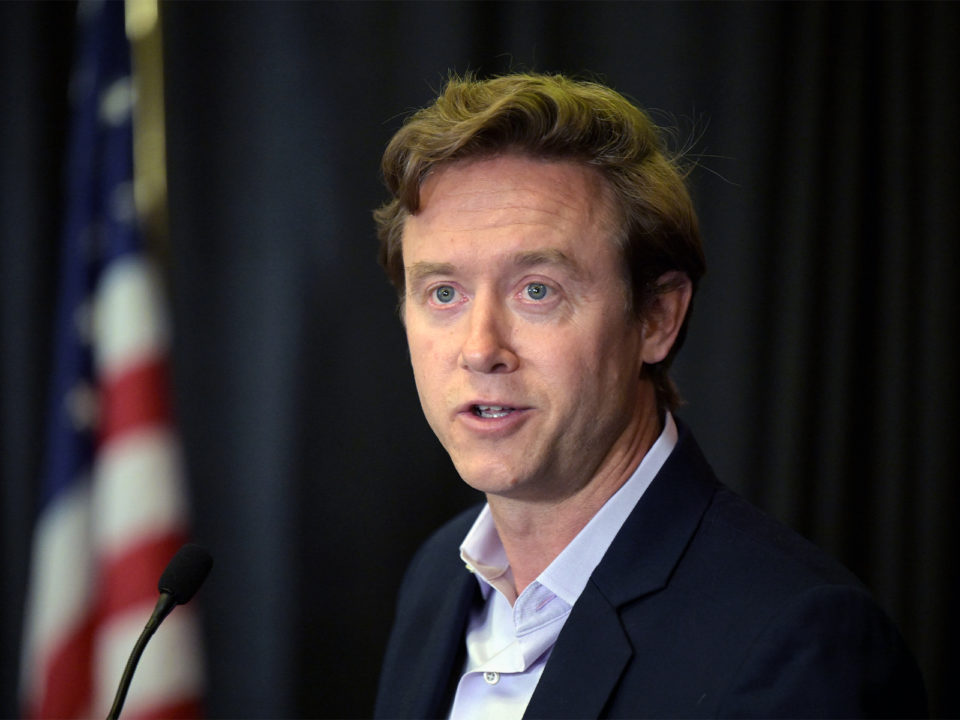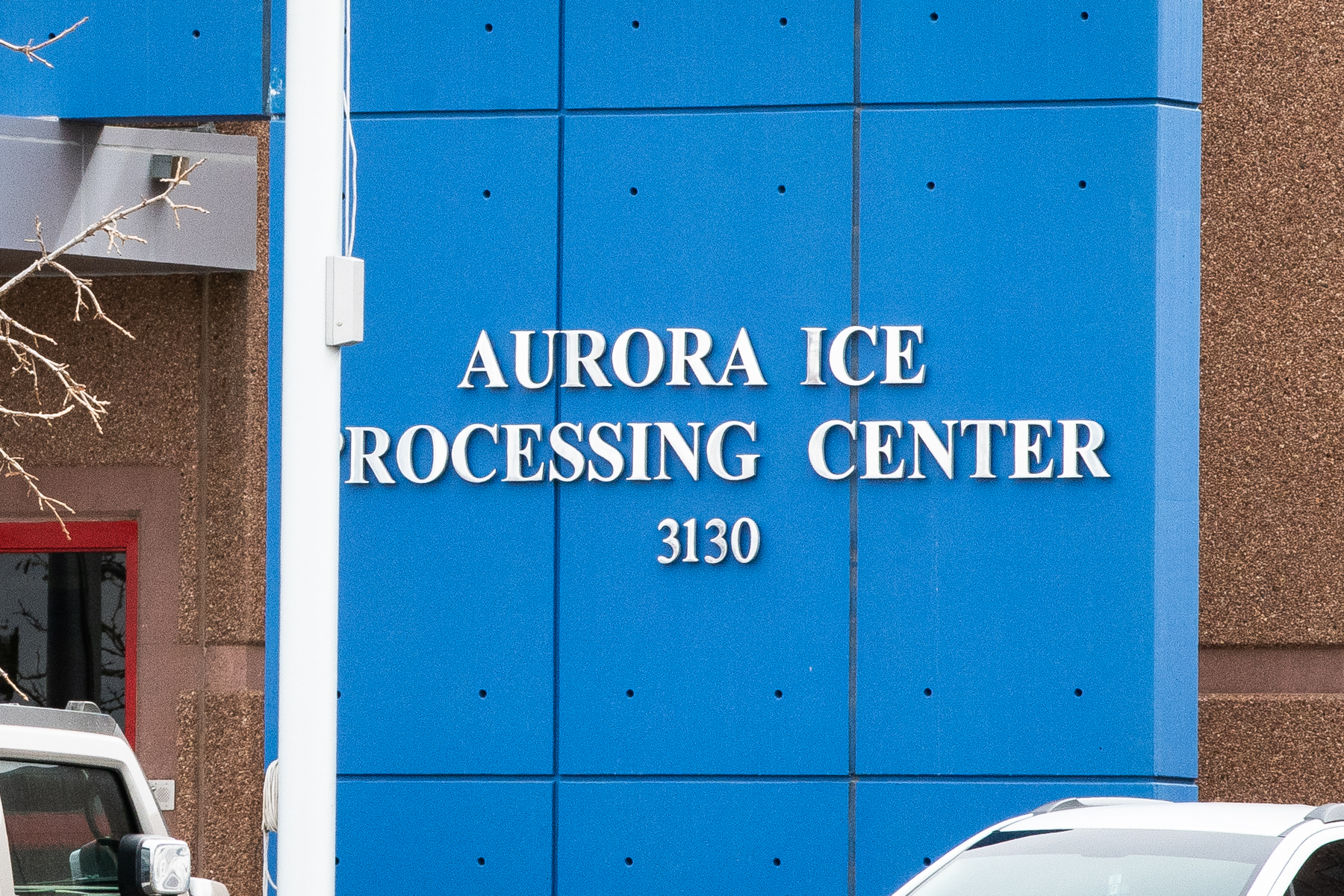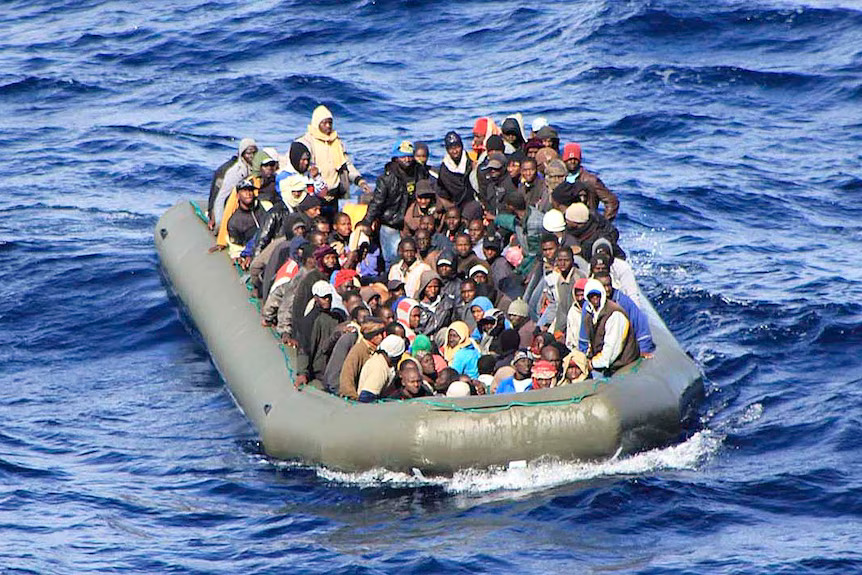Immigrant Heritage Month formally began in 2014 as a way to celebrate the impact of immigrants and refugees in the United States. Ever since then the month of June has been set aside and used to honor and celebrate the rich contributions that immigrants and their descendants have made to the shared history and culture of the United States.
The state of Colorado is no different when it comes to celebrating Immigrant heritage month. Colorado in recent years has been a state that has received a very large influx of immigrants from all over the world and the state has never shied away from celebrating the diverse backgrounds and cultures that immigrants bring to Colorado during Immigrant Heritage Month. They have enriched their various communities with their traditions, cuisines, life experiences, perspectives, and so much more.
Yet, a lot of immigrants often encounter significant challenges in accessing some basic life essentials like quality healthcare, nutritious and culturally relevant foods, along with other resources, to help them reach their full potential. This can be due to language barriers, lack of documentation, economic hardships, and other factors. There is no need denying the fact that there are systemic barriers and hatred faced by immigrant communities in this country, as well as the fear and targeting of other cultures for political posturing – and the collective need to address such deeply rooted injustices in our society.
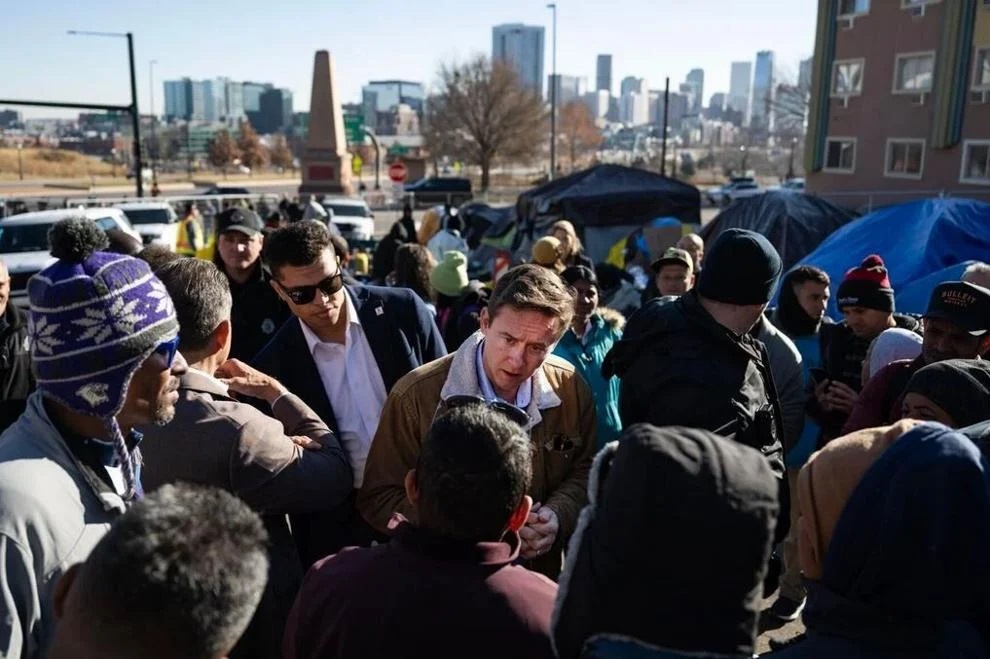
According to various news records, nearly 40,000 immigrants have arrived in Denver over the past year, making a city with a population of just over 710,000 the top destination per capita for newly arrived immigrants crossing the U.S. southern border and traveling north in buses from Texas.
The influx is already taking a toll on the city’s public safety net, which led to the city of Denver putting a limit on the number of days immigrants can stay in shelters and send those who exceed their stay out onto the streets.
Many of these immigrants were reportedly from Venezuela applying for asylum and had “Temporary Protected Status” under a federal program that allows people from certain crisis-hit countries to live and work in the United States. The Biden administration expanded the TPS program to apply to Venezuelans who arrived before Aug. 1, so most of the newer immigrants who arrived in Denver do not qualify.
In Denver, the city operates a reception center set up to manage the arrival of an influx of newcomers. Majority come from across the nation’s southern border, driven by dire economic conditions, political unrest, and violence. Since December 2023 till date, the city has witnessed about 200 to 300 people a day arriving in buses from all over but mostly from Texas.
There are currently about roughly 20,000 new immigrants still living in the metro area. In any population of that number, some will have a cold or the flu. Others will struggle with chronic conditions like diabetes or heart disease. Some are pregnant. Some are kids. On top of medical needs, these new immigrants have also endured a long, tough voyage. Factor in the fact that they often arrive with very little or no money with no place to live, then the whole picture tends to get a little scary.
Coloradans and the state’s health system are doing all they can to step up to help provide care for an unexpected rise in the number of new immigrants in the last year.
That includes places like clinics and hospital emergency rooms, where the extra people put a strain on staff and resources.
In the last 15 months, the city has seen 40,000 new arrivals. While many have moved on to other places, about half have stayed, putting a strain on essential services.
A combination of the homeless situation in the state and dealing with the arrival of new immigrants has led the Mayor of Denver Mike Johnston to classify the situation as a tornado.
Support for new immigrants has cost the city more than $42 million; that’s on top of more than $48 million spent on the House1000 campaign to bring more than 1,000 people from the streets into shelters in the last half of 2023, according to the Mayor’s office.
Denver Health is the state’s main safety net hospital. It cares for patients regardless of their ability to pay. Currently the hospital is already feeling the strains as well. The demographics of the new arrivals have changed over the last year, from more young adults to more families. Denver Health delivered more than 100 babies in that time, which isn’t surprising given the number of people coming to Denver.
That poses additional moral strife in terms of thinking about what might happen to the family with a new baby now out in the community. As the city has pointed out regularly, it’s increasingly hard to respond to the numbers in terms of social needs.
And of course there’s a financial cost. $10.5 million was used to treat immigrant patients in 2023 and the hospital provided $140 million total in 2023 in uncompensated care. So caring for new arrivals comes as the hospital already faces rising costs and low reimbursement from government programs.
And that’s just on the health front alone.
The report on the homeless front looks even direr. During his first months in office, Mayor Mike Johnston has been navigating two housing crises at once. The city’s growing number of unhoused people and thousands of newly arrived migrants.
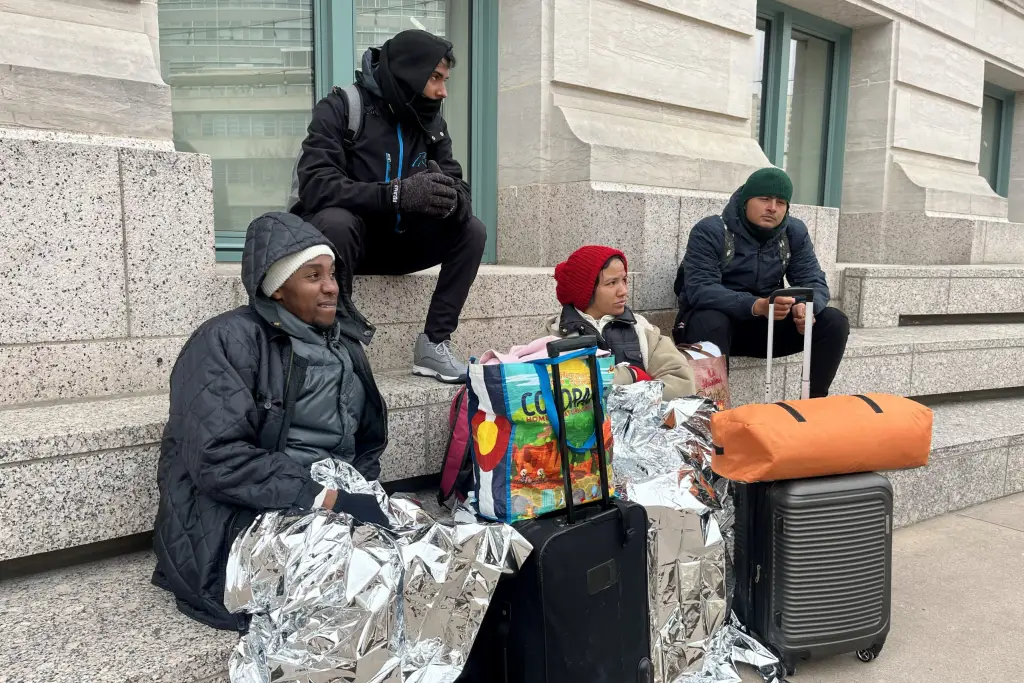
The city simply doesn’t have enough affordable homes, shelters or money to help everyone who needs it, straining scarce resources and leaving people out on the street. It is clear city officials are struggling to help the new arrivals and serve their taxpaying residents amid skyrocketing rents and a housing shortage. A self-described sanctuary city, Denver has found shelter for the migrants, helped their kids get into schools, provided emergency food assistance and taught them how to fill out paperwork.
It’s a vast, expensive effort in a city unaccustomed to managing such challenges and now cracks are beginning to show in the city’s generosity. Denver has already spent more than $60 million aiding the migrants, and officials are planning budget cuts to keep the aid flowing. A hastily built coalition of churches and nonprofits has stepped in to help, but several surrounding cities have refused to assist or accept migrants.
Most of the immigrants have erected ramshackle tent cities near upscale apartment buildings, flooded medians to offer windshield-washing services and staked out street corners with signs begging for money. Unlike migrants arriving in years past, most of the newcomers are penniless without the typical informal social support system that can find them housing with friends or family and get them work under the table.
The situation as at the time of writing this is even bleaker as the city of Denver has already begun ejecting around 800 migrant families from shelters as it scales back on aid for illegal immigrants.
With overcrowded shelters and overrun hospitals, Denver state officials have begun enforcing a limit on the amount of time that migrants can stay in state-provided rooms to accommodate the daily influx of individuals.
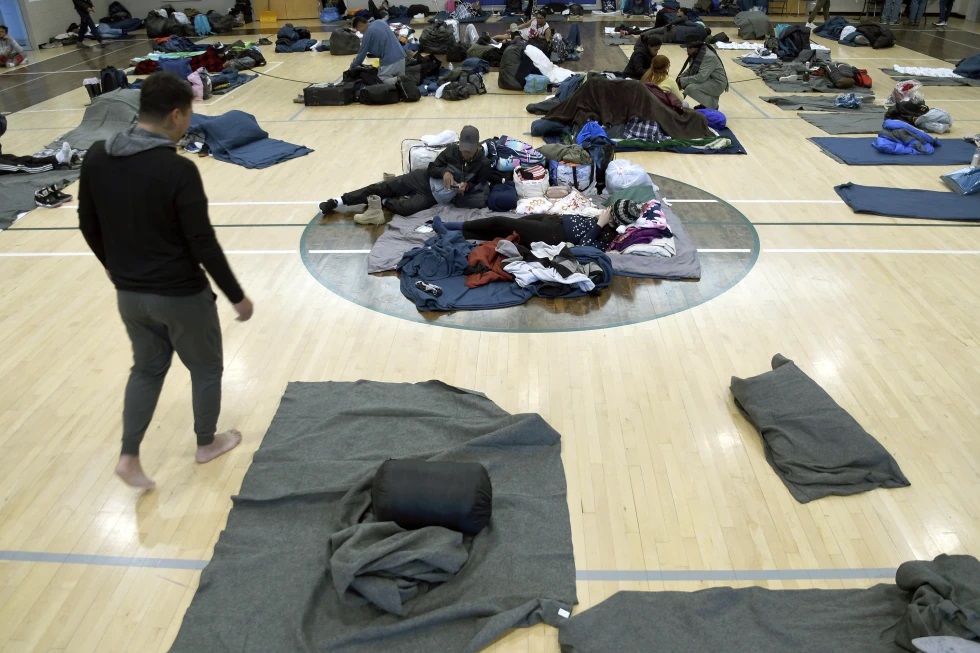
Even the public schools haven’t been left out of the immigrant influx. Approximately 2,800 migrant and refugee children arrived in Aurora, located just east of Denver, this academic year. The Denver school district — the state’s largest, with a total enrollment of about 88,000 — similarly has enrolled at least 3,700 newcomer students since last summer.
Aurora and Denver, like many school systems in Colorado, have long welcomed students new to the United States. In recent years, they have designated specific campuses to serve as resource hubs for migrant and refugee families, offering wraparound support, integration services and dual-language programs. But the ongoing surge of immigrants — local educators hesitate to call it a crisis — have exposed clear signs of strain. Classrooms don’t have enough seats for students. Teachers are fatigued by large class sizes, discipline issues and new students showing up each day. And state and local leaders are increasingly resistant to helping shoulder the costs.
The city council in Aurora, for example, recently passed a resolution restricting migrants from receiving local public services, a move that opponents fear will place undocumented residents at risk if they experience a fire, medical emergency or violent crime. But when it comes to schools, requirements under the U.S. Constitution are clear: States are obligated to allow children living in the U.S. without legal documentation to access a basic education. That’s created a new dilemma for schools in communities like Aurora and Denver: The steady arrival of newcomers has all but reversed years of declining enrollment, staving off budget cuts and layoffs, but the costs associated with addressing the new arrivals’ basic needs are steep.
The Biden administration has recently asked Congress for $1.4 billion in grants to local governments and nonprofits for temporary food, shelter and other services for recently arrived migrants. But so far Republicans have been unwilling to put more money toward helping cities cope with immigration until Democrats and the White House agree to a number of legislative changes to restrict immigration across the southern border.
As it stands, Immigrants have 100% been put in an impossible situation with no end in sight to the current imbroglio. For the sake of the people of Colorado and the arriving immigrants, a solution has to be found fast.


